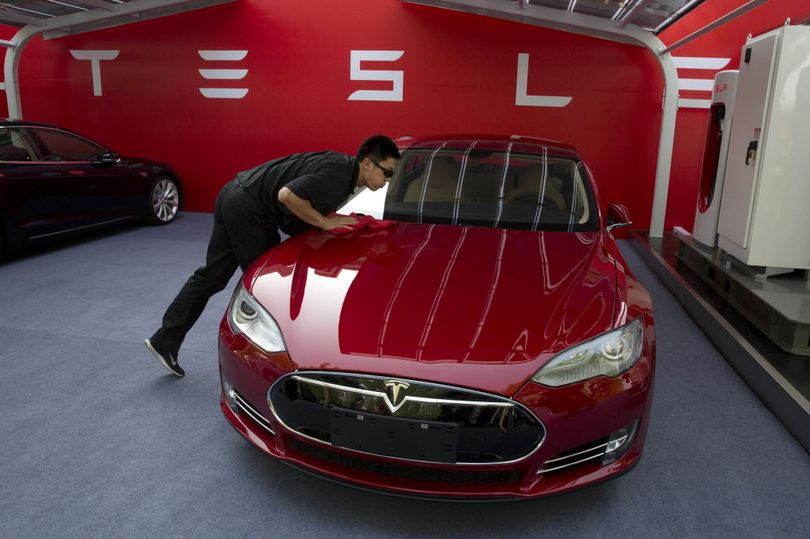What do you think of Avista’s plan to electrify Spokane transportation?

If you didn't read the paper yesterday, you missed a story I wrote about Avista's plan to install 265 electric car charging stations in homes, workplaces and public locations around eastern Washington.
Before that can happen, the company needs approval from state regulators for the $3.1 million two-year pilot program, which would place charging stations in 120 homes, 100 workplaces and 45 public locations. Seven of the public locations would have fast-charging DC stations, which can fill a battery in 15 to 20 minutes.
Commenters on the story have varied opinions on Avista's plan. Detractors note that there are very few electric vehicles on the road, leading them to the conclusion that the charging stations are unneeded. Others worry that Avista will raise rates or spread the costs of the program to all its customers, whether they own electric vehicles or not.
But Avista has laid out many reasons for the move:
- Electrifying the transportation sector aligns with goals of the NW Energy Coalition, Gov. Jay Inslee and the state’s Transportation Department, which recently released the Washington State Electric Vehicle Action Plan. That plan calls for 50,000 electric vehicles in the state by 2020, a goal Inslee has reiterated. Currently, about 12,000 electric vehicles are registered in Washington.
- According to the state’s Electric Vehicle Action Plan, 50 percent of the state’s carbon dioxide emissions come from the transportation sector. Switching to an electric vehicle would reduce CO2 emissions from an Avista customer by 79 percent, or more than 1 ton of CO2 annually, according to the company.
- Avista’s energy comes primarily from water power, with nearly 48 percent of its energy mix coming from dams. Six percent of Avista’s power comes from wind. Just 9 percent comes from coal, the biggest contributor of CO2 emissions for electric facilities. Another 35 percent comes from natural gas, which also produces CO2 but not near the levels coal does.
- Unlike gas, where prices have fluctuated between $1.73 and $4.33 over the last decade, electricity costs are relatively stable. A driver with an electric vehicle over the same period of time would have paid the equivalent of $0.53 per gallon, according to Avista.
What's interesting to me, other than they high technology and transportation technology innovation, is the plan's resonance with Avista's history. One hundred years ago, the company was called Washington Water Power and it ran a vast network of electric streetcars in town. If this plan takes hold and spreads, Spokanites could once again be getting around thanks to the crashing water of the Spokane River.
Do you support Avista's plan to lay the groundwork and infrastructure for electric cars? Would you buy an electric car if there were more charging stations around town?
